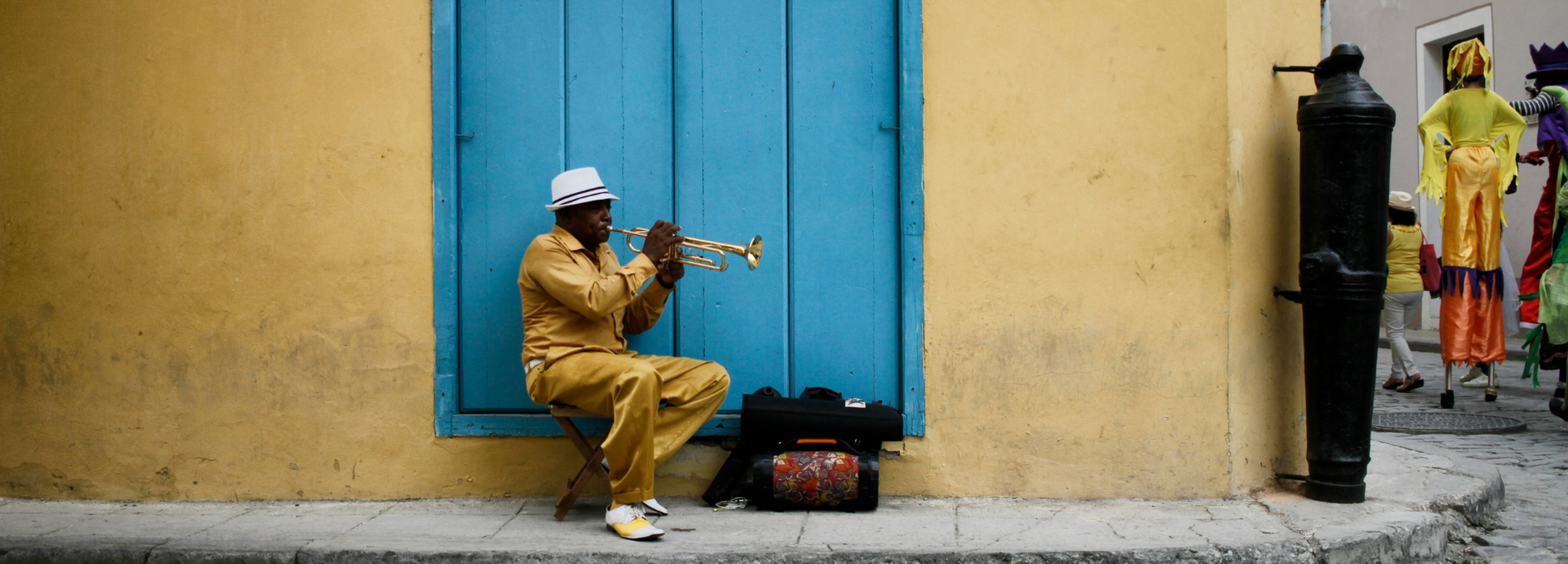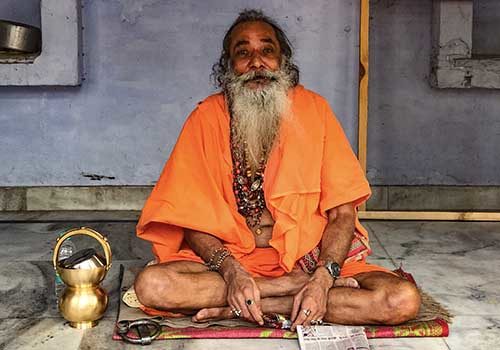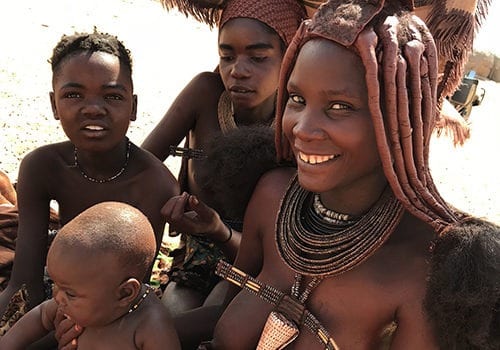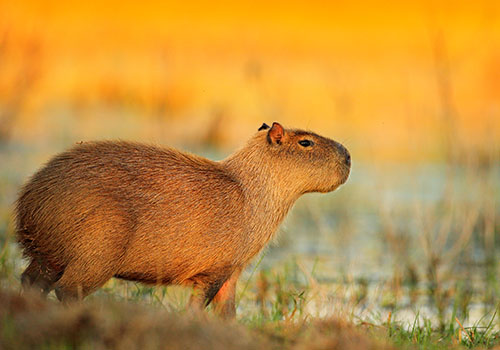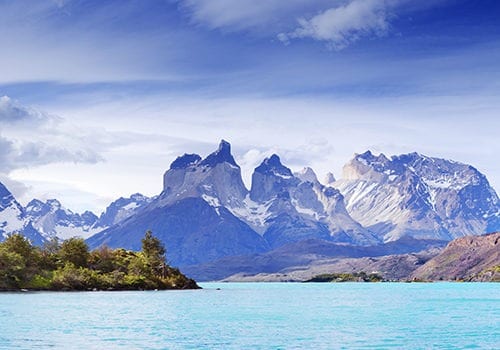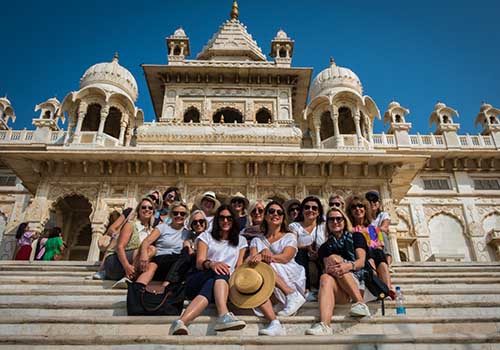
KEY INFORMATION TO PREPARE FOR YOUR JOURNEY
Cuba is an island nation located in the Caribbean, situated south of Florida in the United States and east of Mexico. Known for its unique blend of Spanish, African, and Caribbean influences, Cuba has a rich cultural heritage. Havana, the capital city, is famous for its well-preserved colonial architecture, vintage cars, and vibrant street life.
The country boasts beautiful beaches, such as Varadero, historic sites like Trinidad with its cobblestone streets, and the lush Viñales Valley known for its tobacco farms. Cuba’s lively music, dance, and its revolutionary history contribute to its distinctive allure, making it a captivating destination for those seeking a taste of both history and the vibrant Caribbean culture.
PLEASE NOTE: All pre-departure information was correct at the time of writing, but should be used as a guide only since requirements can change at short notice and without warning. Consult Smart Traveller or contact the Embassy of the Republic of Cuba or the appropriate authority prior to departure to confirm all details.
AT A GLANCE
CUBA KEY FACTS
Time: GMT – 5 hours | AEST – 15 hours
Capital: Havana
International Airport(s): Jose Marti International Airport in Havana (HAV)
Official languages: Spanish is the official language
Religion: The predominant religion in Cuba is Christianity, with Catholicism being its largest denomination
Electrical Current: 110 & 220 volts | Various adaptor types A, B, C & L
Currency: Cuban Peso | CUP
Embassy of Canada in Havana: Australia doesn’t have an embassy in Cuba. The Embassy of Canada in Havana provides consular help to Australians in Cuba – Calle 30 No.518 (esq. 7ma), Miramar (Playa), Ciudad de la Habana, 11300, Cuba | T: (+53 7) 204 2516 | E: havan@international.gc.ca | W: canadainternational.gc.ca/cuba
Visa: Yes – Australian and New Zealand passport holders do require a visa/tourist card to enter Cuba – refer to ‘Passport and Visa Requirements‘ for further details
USEFUL WEBSITES
Smart Traveller – https://www.smartraveller.gov.au/destinations/americas/cuba
Travel Doctor-TMVC – https://www.traveldoctor.com.au/destinations/cuba
Embassy of the Republic of Cuba in Canberra – https://protocol.dfat.gov.au/Public/Missions/52
PUBLIC HOLIDAYS
January 1: Liberation Day
January 2: Victory Day
Friday before Easter: Good Friday
May 1: Labour Day
July 25: Day before the Commemoration of the Assault on the Moncada Garrison
July 26: National Rebellion Day
July 27: Day after the Commemoration of the Assault on the Moncada Garrison
October 10: Independence Day
December 25: Christmas Day
December 31: New Years Eve

PASSPORT & VISA REQUIREMENTS
PASSPORTS
Your passport must be valid for at least six months after your return to Australia and have at least two blank pages for every entry and country you intend to visit on your journey. If your passport does not meet these requirements you must obtain a new one. The Australian Passport Office website is www.passports.gov.au.
It is a wise precaution to carry a photocopy of your passport separately and leave a copy at home. This will aid authorities in processing a new passport should yours get stolen or lost.
If you have dual citizenship and more than one passport, we strongly recommend that you use only one of these during your travels, as in some countries it is considered illegal to have two or more passports. Be sure to use the same passport on entry and exit from a country, and never surrender your passport.
If your passport name is different to your commonly used name, advise us of this and ensure your airline reservations match those of your passport name.
VISAS
Australian and New Zealand passport holders require a visa/tourist card to enter Cuba.
You need a visa to enter Cuba. If your visit is for tourism, you can get a ‘tourist card’ through your travel agent, airline or the embassy or consulate of Cuba. The tourist card includes a tourist visa.
You will also be required to fill in an online declaration form.
If you’ve travelled to Cuba since January 2021, you won’t be eligible to participate in the US Visa Waiver Program (VWP). You also won’t be able to enter or transit the US on an ESTA, and you’ll need to apply for a visa from the nearest US Embassy.

CLIMATE, WEATHER & SEASONS
CLIMATE
The dry season is from November to April, and the rainy season is from May to October (often only a short shower in the afternoon, most days are sunny and without rain). Hurricanes may occur from June to November.
Average temperature is 25ºC, maximum temperature in summer between 30ºC to 34ºC with high humidity (80%). In the eastern part of the island (Santiago, Baracoa, Holguin) it is usually 3 to 5ºC warmer and therefore year round nice and warm.
In the Havana area and western Cuba (Pinar del Rio) the temperature at night in winter can sometimes drop to 14ºC (especially from December to February) and it can be coolish-humid. During the day the temperature is always above 20ºC all year round.
The Caribbean side (Trinidad/Cienfuegos) and the island of Cayo Largo (in the Caribbean Sea between Mexico and Cuba) is usually slightly warmer than the Atlantic coast (Cayo Coco, Cayo Santa Maria).
| HAVANA | JAN | FEB | MAR | APR | MAY | JUN | JUL | AUG | SEP | OCT | NOV | DEC |
|---|---|---|---|---|---|---|---|---|---|---|---|---|
| Temperature (°C) | 17-26 | 17-27 | 18-28 | 19-30 | 21-31 | 23-32 | 23-32 | 23-32 | 23-31 | 22-30 | 19-28 | 18-27 |
| Rainfall (mm) | 25 | 25 | 20 | 15 | 55 | 85 | 50 | 80 | 55 | 40 | 15 | 25 |
| TRINIDAD | JAN | FEB | MAR | APR | MAY | JUN | JUL | AUG | SEP | OCT | NOV | DEC |
|---|---|---|---|---|---|---|---|---|---|---|---|---|
| Temperature (°C) | 17-26 | 17-27 | 18-28 | 20-28 | 22-30 | 23-31 | 23-32 | 24-31 | 23-30 | 22-30 | 20-28 | 18-27 |
| Rainfall (mm) | 50 | 10 | 30 | 50 | 60 | 125 | 90 | 100 | 95 | 65 | 45 | 5 |

LUGGAGE & PACKING
CLOTHING
When packing for a trip to Cuba, it’s important to consider the island’s tropical climate, as well as its cultural and social norms. Here’s some clothing advice to help you prepare:
Light and Breathable Fabrics: Opt for lightweight, breathable fabrics like cotton, linen, and moisture-wicking materials to stay comfortable in the warm and often humid weather.
Casual Clothing: Cuba has a relaxed atmosphere, so casual clothing such as shorts, T-shirts, sundresses, and lightweight blouses are ideal for everyday wear.
Comfortable Footwear: Bring comfortable walking shoes or sandals, as you’ll likely spend time exploring cities like Havana on foot. Flip-flops are good for the beach, but sturdier shoes are better for sightseeing.
Sun Protection: The Cuban sun can be intense, so pack a wide-brimmed hat, sunglasses, and high SPF sunscreen to protect yourself from UV rays.
Swimwear: Bring swimwear for the beautiful beaches but remember that it’s customary to cover up when you’re not on the beach, so pack a cover-up or sarong.
Evening Wear: While Cuba is generally casual, if you plan to visit nicer restaurants or attend events like a night out at a salsa club, consider bringing some slightly dressier outfits. A summer dress or lightweight trousers and a nice shirt work well.
Rain Gear: If you’re visiting during the rainy season (May to October), pack a light rain jacket or poncho. Showers are usually brief, but it’s good to be prepared.
Modest Clothing for Cultural Visits: If you plan to visit churches or other religious sites, pack modest clothing that covers your shoulders and knees out of respect for local customs.
Insect Repellent: Mosquitoes can be a nuisance, particularly in the evening, so bring insect repellent and consider packing long sleeves and pants for additional protection.
Layering Options: Even though Cuba is warm, air conditioning in some indoor places can be strong, so a light sweater or shawl can be useful.
Daypack or Crossbody Bag: A small daypack or a crossbody bag is handy for carrying essentials during day trips and excursions.
Pack Light: Cubans value practicality and resourcefulness. Pack light to make your travel easier and leave room in your suitcase for souvenirs.
By focusing on comfort, practicality, and a touch of local style, you’ll be well-prepared to enjoy all that Cuba has to offer.

HEALTH & VACCINATIONS
HEALTH & VACCINATIONS
It may be necessary to take medical precaution prior to, and whilst travelling. As we are not qualified to offer advice, we recommend you contact your GP or the Travel Doctor-TMVC who have the most up‐to-date information available and can tailor their advice to your specific needs. Requirements are highly personal depending on your health profile and the activities in your itinerary.
Some vaccinations must be given well in advance of travel, so we suggest seeking medical advice as soon as you start to plan your trip. Be sure to ask what vaccinations or medications may be required to enter Colombia and to re-enter Australia.
You can also refer to SmartTraveller for a guide as to what may be required, however you should always seek professional medical advice before travelling.
FOOD & DRINK
- Drink boiled water or bottled water with sealed lids and avoid ice cubes, except in lodges and hotels where water quality is tested and assured.
- If in doubt, avoid raw and undercooked food, such as salads, as well as dairy products which are often unpasteurized. Gastrointestinal diseases are more common during the rainy season.
GENERAL RECOMMENDATIONS
For all insect-borne diseases the best advice is to cover up – use insect repellent, mosquito nets and wear long, loose, light-coloured clothing
DENGUE & CHIKUNGUNYA: Outbreaks of dengue and chikungunya are common. Risks are higher during the wet season, from April to November.
ZIKA VIRUS: Zika virus is a risk, but it’s not widespread. The Australian Department of Health advises pregnant women to discuss travel plans with a doctor and consider deferring non-essential travel to affected areas.
To protect yourself from disease:
- Make sure your accommodation is insect-proof
- Use insect repellent
- Wear long, loose, light-coloured clothing
Get medical help if you have a fever, muscle pain, rash or severe headache.
MONEY MATTERS
CURRENCY AND EXCHANGE
The official currency is the Cuban Peso (CUP). It’s recommended to have some local currency for small purchases in markets and rural areas. As a tourist, you will primarily use CUP for everyday expenses like dining, transportation, and shopping.
Euros (EUR) and US Dollars (USD) are both widely accepted, especially in tourist areas. Many hotels, restaurants, and shops prefer foreign currencies, particularly Euros.
Exchanging money: You can exchange your currency (Euros, British Pounds, Canadian Dollars or Swiss Francs) into CUP at the airport upon arrival or at local banks and exchange offices (CADECA). Avoid exchanging money on the street to prevent scams. While USD is accepted, exchanging USD into CUP incurs a 10% penalty, making it less favourable. Euros are a better option for exchange.
Credit and debit cards are not widely accepted in Cuba, especially those issued by U.S. banks or those affiliated with them. Even non-U.S. cards may not work everywhere, so check with your bank before traveling.
ATMs are available in major cities, but they can be unreliable, and not all foreign cards will work. It’s safer to rely on cash for most transactions.
TELL YOUR BANK
We highly recommend you advise your bank of your destinations and travel dates. This should prevent any of your transactions being deemed as ‘out of the ordinary’ (and possibly stopped) due to their unexpected location.
TIPPING
While tipping is not mandatory, it is a good way to show appreciation for good service and is warmly received. Given that many workers in the tourism industry earn relatively low wages, tips can make a significant difference to them. Here’s a general guide to tipping in Cuba:
Tour Guides and Drivers: For tour guides, a tip of 5-10 USD per person per day is standard, and for drivers, 2-5 USD per person per day is typical.
Housekeeping: A tip of 1-2 USD per day is appreciated for hotel housekeeping.
Concierge: If the hotel concierge provides helpful service, a small tip is a nice gesture.
Porters: If a hotel or airport porter helps with your luggage, a tip of 1 USD per bag is customary.
Taxi Drivers: While not obligatory, rounding up the fare or leaving a small tip of around 5-10% is appreciated, especially if the driver is particularly helpful.
Restaurants and Cafes: It’s customary to leave a 10% tip in restaurants and cafes if the service is good. Some establishments might include a service charge on the bill, so check before tipping.
Bars: It’s common to leave a small tip (around 1 CUP per drink or about 10-15% of the total bill) when ordering drinks at a bar.
Musicians and Performers: If you enjoy live music at a restaurant or bar, it’s common to tip the musicians, typically around 1-2 USD.
Restroom Attendants: It’s common to leave a small tip, such as 0.25-1 CUP, for restroom attendants.
Tips are generally given in the local currency (Cuban Peso, CUP), but USD or Euros are also widely accepted and appreciated, especially since Cuba has multiple currencies in use.

POWER & TECH
POWER
There are basically two main voltage systems used around the world: 110 Volt ‐ USA, Canada, Spain & Japan 220 Volt ‐ the rest of the world. In simple terms, the power supply available at the socket is roughly twice as powerful in 240V countries as in 110V countries.
Cuba operates on a 110/220 supply voltage. Although the power supply is mainly 110V, some newer hotels operate at 220V. Australia operates a 220V currency and therefore you’ll need a voltage converter AND a plug adapter for Australian appliances.
The adaptor you will need for Cuba is a TYPE A or B, although some hotels will require a TYPE C or L, or alternatively you may prefer to invest in an International Travel Adaptor that provides you with more than one option.
Alternatively you may prefer to invest in an International Travel Adaptor that provides you with more than one option.
Many adaptors also have a USB port so you can plug your smart phone, or I‐product directly into the adaptor.
For the latest & most up to date information about voltage and what adaptors to travel with refer to: www.korjo.com
ADAPTORS
Cuba uses 110V & 220V electrical current and types A, B, C & L sockets

